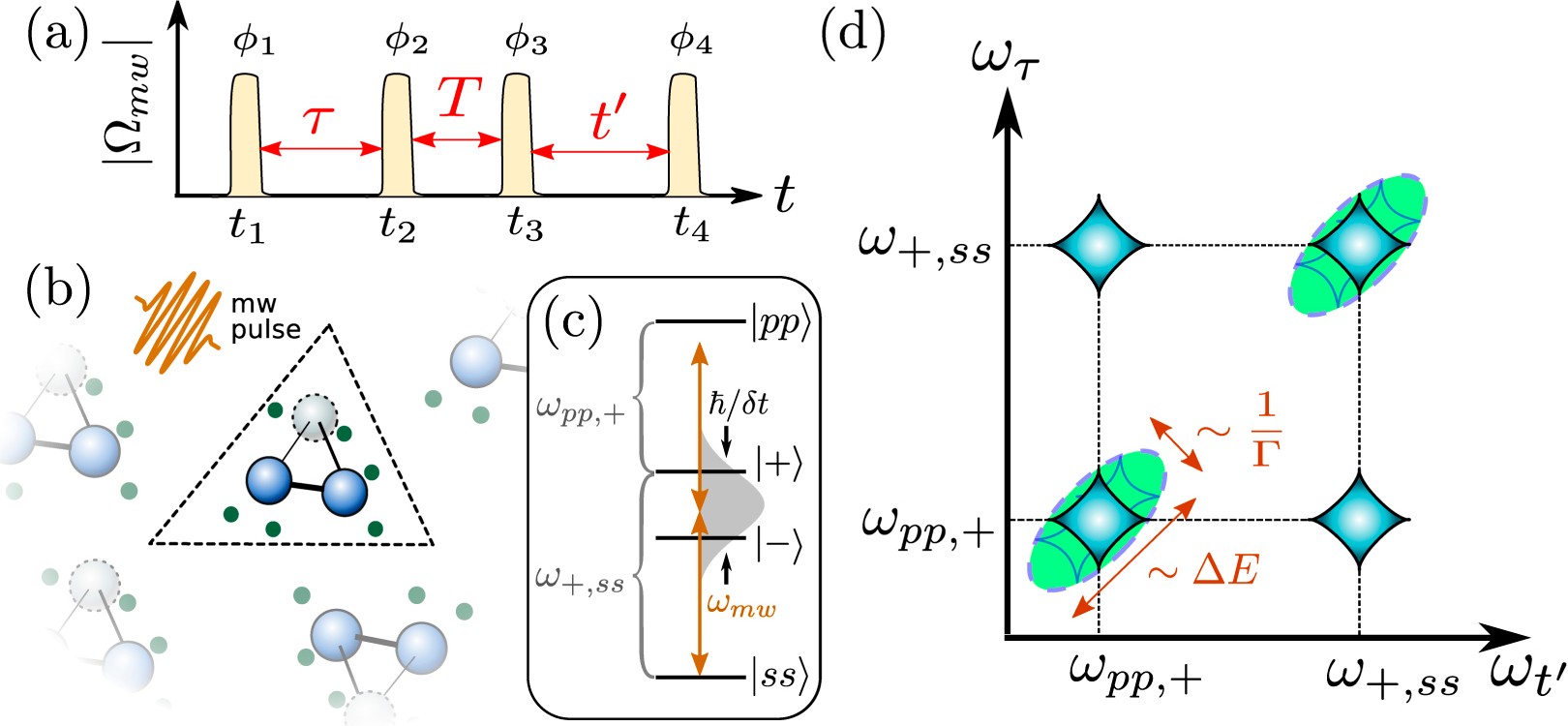Quantum devices that exploit quantum superposition states for technology hold great promise for applications ranging from navigation, the definition of time and frequency standards, determining fundamental constants of nature, surface characterization and bio/chemical sensing. In particular, atomic sensors which exploit coherent matter waves are one of the frontier areas of quantum science technology already finding commercial applications, largely due to continuing improvements in the ways we create and control quantum coherence and miniaturization of components such as lasers, vapour cells and chip-based quantum devices.
The Exotic Quantum Matter group has a long standing activity in developing integrated devices for manipulating ultracold atoms (atom chips) and pioneered novel applications of small atomic ensembles as sensors for tiny gravitational gradients and mapping spatially varying magnetic and electric fields close to surfaces. While these applications are based on single particle coherence, the next generation of sensors will exploit collective properties of many-body quantum systems to reach the ultimate sensitivity allowed by quantum mechanics.
More details about our quantum technology development can be found in the following papers
Robust phase-controlled gates for scalable atomic quantum processors using optical standing waves published in Quantum
We put forward a simple scheme for realizing robust optically controlled quantum gates for scalable atomic quantum processors by driving the qubits with optical standing waves. Compared to existing strategies…
Collective Dissipative Molecule Formation in a Cavity published in Phys. Rev. Lett.
We propose a mechanism to realize high-yield molecular formation from ultracold atoms. Atom pairs are continuously excited by a laser, and a collective decay into the molecular ground state is…
Two-dimensional spectroscopy of Rydberg gases published in New J. Phys
Two-dimensional (2D) spectroscopy uses multiple electromagnetic pulses to infer the properties of a complex system. A paradigmatic class of target systems are molecular aggregates, for which one can obtain information…
Hundreds of microscopic atomic ensembles in optical tweezer arrays published in npj Q. Info.
Neutral atoms in optical tweezer arrays have recently emerged as one of the most versatile platforms for quantum many-body physics, quantum simulation and computation, where high quality qubits, fast quantum…
Rydberg-Dressed Ramsey Interferometer and Electrometer in Phys. Rev. Lett.
We present the experimental realization and characterization of a Ramsey interferometer and electrometer based on optically trapped ultracold potassium atoms, where one state is continuously coupled by an off-resonant laser…
Uncovering the nonequilibrium phase structure of an open quantum spin system, in Phys. Rev. A
We experimentally and theoretically investigate the nonequilibrium phase structure of a well-controlled driven-dissipative quantum spin system governed by the interplay of coherent driving, spontaneous decay, and long-range spin-spin interactions. Statistical…
A versatile, high-power 460nm laser system for Rydberg excitation of ultracold potassium, in Opt. Express
We present a versatile laser system which provides more than 1.5W of narrowband light, tunable in the range from 455-463 nm. It consists of a commercial Titanium-Sapphire laser which is…
Two-body interactions and decay of three-level Rydberg-dressed atoms in J. Phys. B
We theoretically analyzed the two-body interactions and decay rates for atoms dressed by multiple laser fields to strongly interacting Rydberg states using a quantum master equation approach. Particular attention was…
Sub-micron period lattice structures of magnetic microtraps for ultracold atoms on an atom chip, in Phys. Rev. D
We report on the design, fabrication and characterization of magnetic nanostructures to create a lattice of magnetic traps with sub-micron period for trapping ultracold atoms. These magnetic nanostructures were fabricated…
Radio-frequency spectroscopy of a linear array of Bose-Einstein condensates in a magnetic lattice, Phys. Rev. A
We report site-resolved radio-frequency spectroscopy measurements of Bose-Einstein condensates of 87Rb atoms in about 100 sites of a one-dimensional (1D) 10-μm-period magnetic lattice produced by a grooved magnetic film plus…



